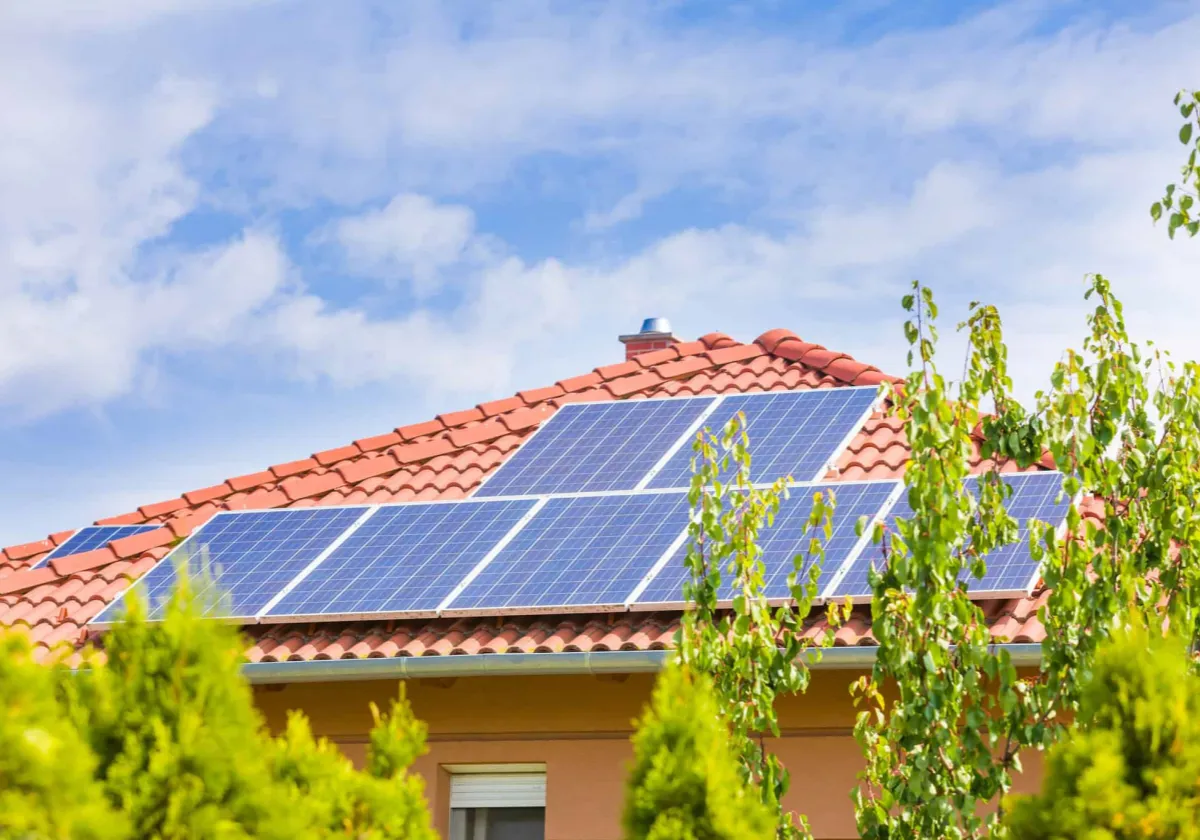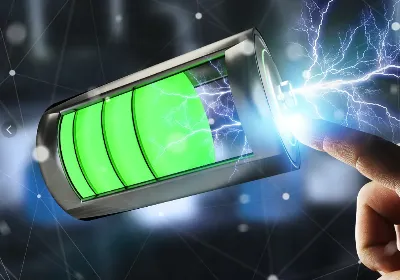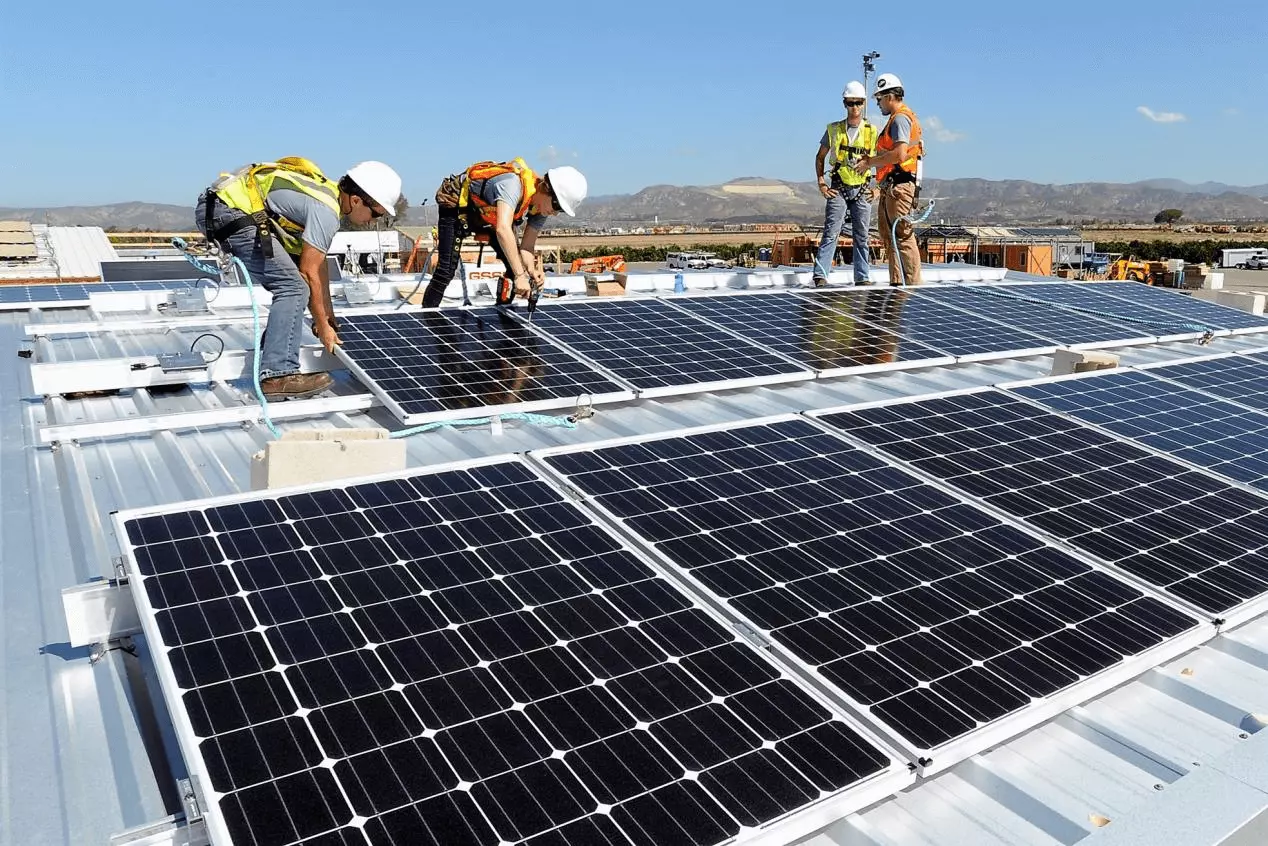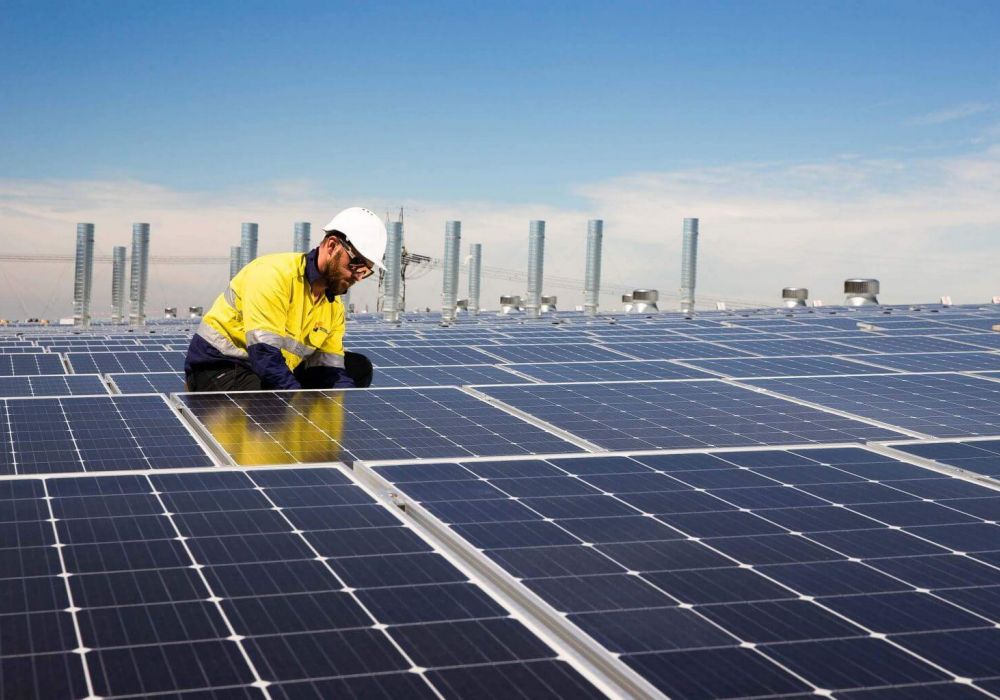Influencing Factors of Solar Battery
Influencing Factors of Solar Battery
The nominal power and other parameters of all solar cell modules are measured under standard conditions. This standard condition is that the temperature of the module is 25°C, the light is 1000 watts per square meter, and the air quality is AM1.5 (radiated from the surface of the sun). When the light reaches the earth’s atmosphere, it will change with the local latitude, time and meteorological conditions. That is to say, the direct sunlight at the same place will change with the air volume in different seasons. The air volume passing through the atmosphere is called Air quality is AM. The amount of air that sunlight passes through the atmosphere vertically from the zenith is called AM1, but under natural conditions, sunlight generally passes through the atmosphere obliquely, and the amount of air at this time is called AM1.5.) Spectral characteristics, However, general solar cells do not work under these conditions.
Solar cells include monocrystalline silicon, polycrystalline silicon, thin film and other types. They all use the photovoltaic effect of semiconductors to generate electricity, and their power generation performance is inevitably affected by the junction temperature. The junction temperature is related to the ambient temperature, sunlight intensity and ventilation.
Under sunlight, the junction temperature of solar cells will rise rapidly. Especially in summer when the sun is strong and the temperature is high, the junction temperature of the module can even be as high as 70°C or higher. The higher the operating temperature, the more obvious the advantages of amorphous silicon cells. The annual average power generation of amorphous silicon cells is about 10% higher than that of crystalline silicon cells.
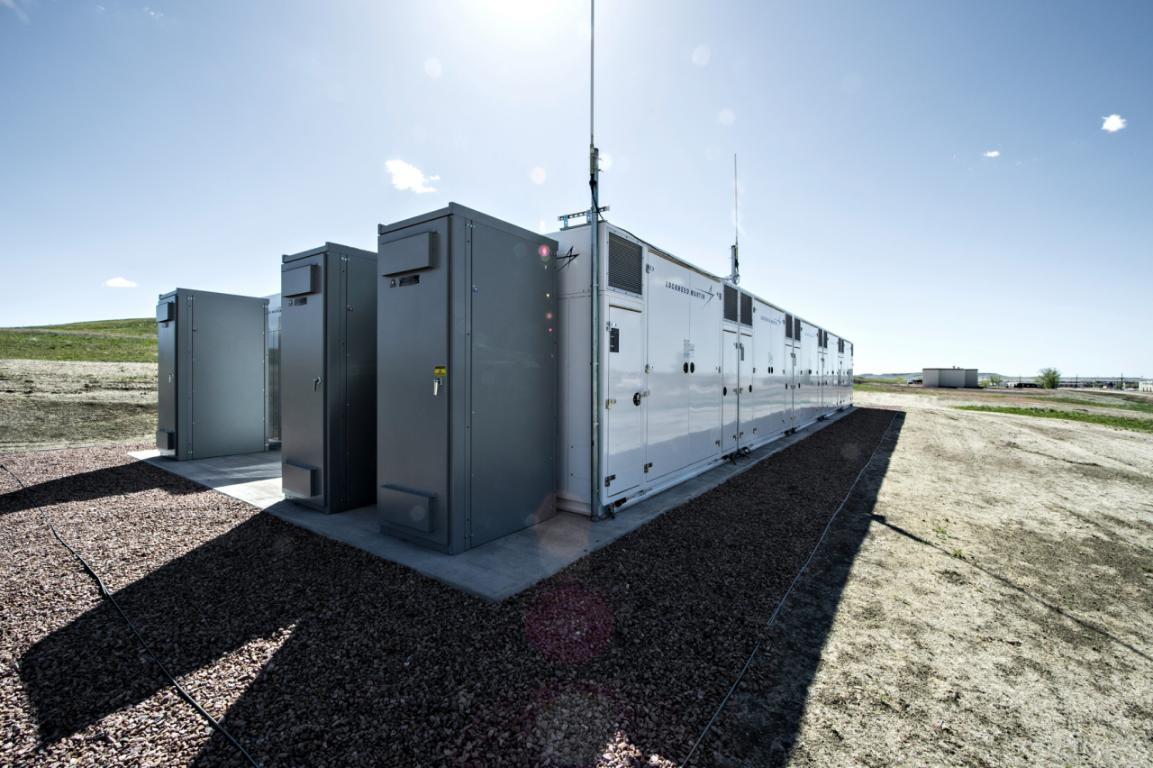
Any solar power station is composed of several components connected in series, and finally connected in parallel through confluence. The components are designed to be connected in series so that parameters such as open circuit voltage and working voltage are at the optimum value and matched with the inverter. Three basic conditions must be met in order to achieve the best matching of components connected in series: First, the maximum open-circuit voltage of components connected in series cannot exceed the maximum system voltage of components (the safe voltage of components, generally speaking, this value is stipulated in mainland China and Europe 1000 volts, 600 volts in North America); second, the maximum open circuit voltage of the components cannot exceed the maximum allowable voltage of the inverter; third, the operating voltage of the components in series must be within the tracking range of the inverter’s operating voltage. But it needs to be emphasized that the above three points are all affected by temperature and light.
The output power of the solar cell will decrease as the temperature rises after reaching the optimal operating temperature of 25°C. Especially in the hot summer, the power attenuation will be greater under high temperature conditions. Compared with crystalline silicon solar cells, amorphous silicon thin film cells are more suitable for working under high temperature conditions in summer due to their good low temperature characteristics. Compared with other types of solar cells, amorphous silicon thin film cells with the same power can Generate more total annual power generation,
This is mainly because amorphous silicon thin film batteries have the following characteristics:
1. Low temperature characteristics:
Generally speaking, the electrical performance parameters of photovoltaic modules are measured under standard test conditions. Standard test conditions (STC) include: (light intensity: 1000W/M2; spectrum: 1.5 amperes; module temperature: 25°C). However, when a photovoltaic module works outdoors, its temperature is generally higher than 25°C, while the operating temperature of the module installed on the roof is higher. In practical applications, the operating temperature of the module often reaches above 55°C. Therefore, when consumers choose the type of photovoltaic modules, they should consider the temperature coefficient as an important factor.
Because as the temperature rises, the output power of the components will decrease accordingly. The temperature coefficient of amorphous silicon thin film battery is -0.2%/℃, while the temperature coefficient of crystalline silicon is -0.5%/℃. This means that when the temperature of the module reaches 50°C, its power will be reduced by about 5% compared to the standard condition of 25°C, while the power attenuation of crystalline silicon will reach about 12.5%. Therefore, even though the conversion efficiency of amorphous silicon thin film cells is lower than that of crystalline silicon cells under standard test conditions, in practical applications, the difference in average working efficiency between the two will be reduced.
2. Good low-light performance:
Amorphous silicon thin-film cells work better than crystalline silicon cells under weak light conditions. In practical applications, it is rare for photovoltaic modules to work under the standard light intensity of 1000W/M2. It is lower than this intensity, and if the crystalline silicon battery wants to achieve the ideal working state, it requires vertical irradiation of strong light. Amorphous silicon thin-film batteries have much smaller restrictions on light intensity and sunlight angle, so for a period of time before the sun sets, crystalline silicon batteries may not be able to continue to generate electricity, but thin-film batteries can continue to work. Another point is that the amorphous silicon thin film battery has a milder I-V curve, so it can reach the best working output power faster.
Since the output power of solar cell components depends on the intensity of sunlight, the distribution of solar spectrum, and the temperature, shadow, and crystal structure of solar cells. Therefore, the measurement of solar cell components is carried out under standard conditions (STC), and the measurement conditions are defined by the European Commission as Standard No. 101. The conditions are: the spectral irradiance is 1000W/
m2; spectrum AMl.5; battery temperature 25 ℃.
Under this condition, the maximum power output by the solar cell module is called peak power, and its unit is expressed as peak watts (Wp). In many cases, the peak power of a module is usually measured with a solar simulator and compared with standardized solar cells from international certification bodies.
It is difficult to measure the peak power of solar cell modules outdoors, because the actual spectrum of sunlight received by solar cell modules depends on atmospheric conditions and the position of the sun; Strong (light intensity) is also constantly changing. Errors in outdoor measurements can easily be 10% or more.
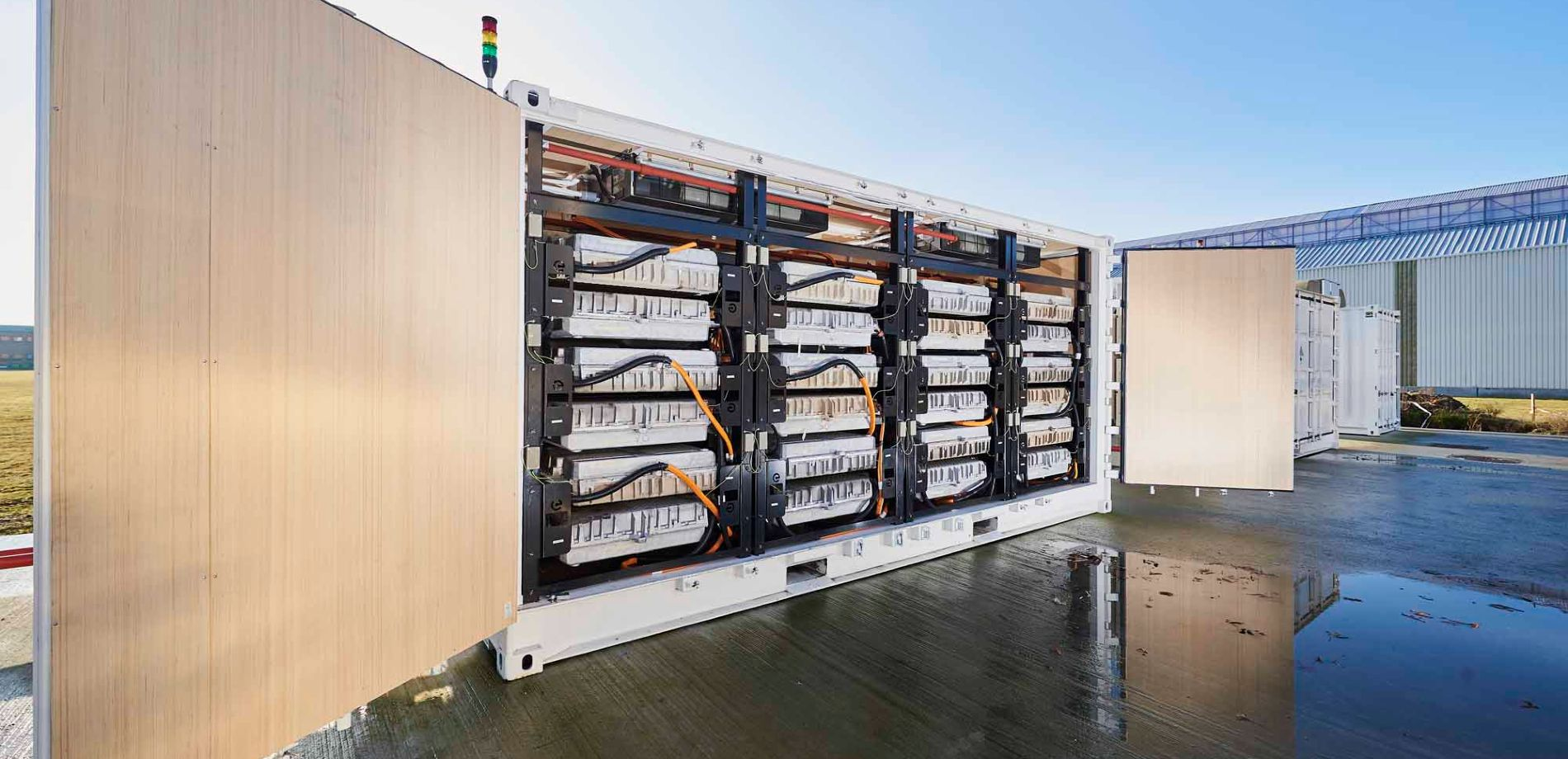
- Effect of temperature and light intensity on the output characteristics of solar cell modules
When the temperature of the solar cell module is high, the working efficiency drops. As the temperature of the solar cell increases, the open-circuit voltage decreases. In the range of 20-100°C, the voltage of each cell decreases by 2mV for every 1°C increase; while the photocurrent increases slightly with the increase of temperature, approximately every rise The photocurrent of each cell increases by one thousandth at 1°C, or O.03mA/°C•cm2. In general, the power of solar cells decreases as the temperature increases, with a typical temperature coefficient of -0.35%/°C. In other words, if the temperature of the solar cell increases by 1°C, the power will decrease by 0.35%. Therefore, it is very important to have air flow above and below the module, as this removes the heat and prevents the solar cells from heating up.
What is introduced here is the influence of temperature on the performance of crystalline silicon solar cells, but amorphous silicon solar cells are different. According to the report of Uni-Solar Company in the United States, the power temperature coefficient of the company’s three-junction amorphous silicon solar cell modules is only -0.21 %.
The light intensity is directly proportional to the photocurrent of the solar cell module, and the light intensity ranges from 100 to 1000W/m2.
Inside, the photocurrent always increases linearly with the increase of light intensity; while the light intensity has little influence on the photovoltage. Under the condition of fixed temperature, when the light intensity changes in the range of 400-1000W/m2, the open circuit of the solar cell module The voltage remains essentially constant. Because of this, the power of the solar cell is basically proportional to the light intensity.
- The influence of shadow on the output characteristics of solar cell modules
The impact of shading on the performance of solar cell modules cannot be underestimated, and even partial shading on photovoltaic modules can cause a significant reduction in output power. Certain components are more susceptible to shading than others, and sometimes just a small shading on a single cell can make a big difference. When a single cell is completely shaded, the solar cell module can reduce the output by 75%. So shading is a very important part of site evaluation. Although the modules are installed with diodes to reduce the impact of shadows, due to the underestimation of the impact of partial shadows, the performance of the built photovoltaic system and the investment effect of users will be greatly reduced.

